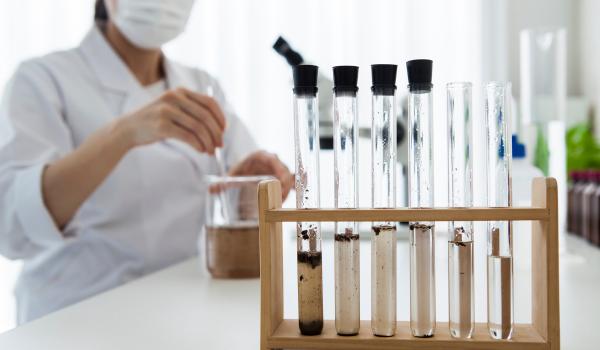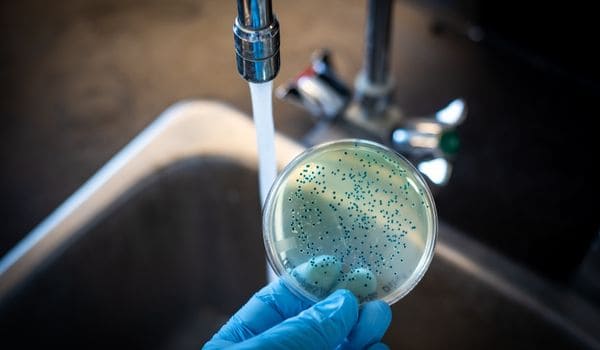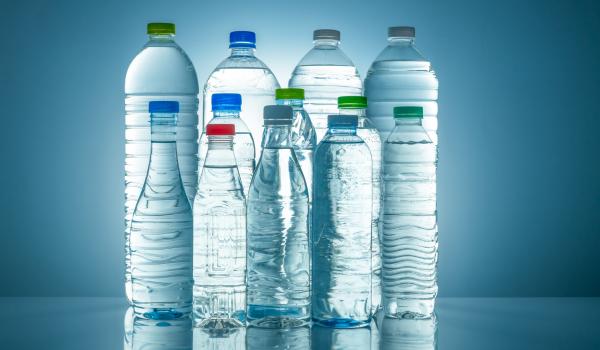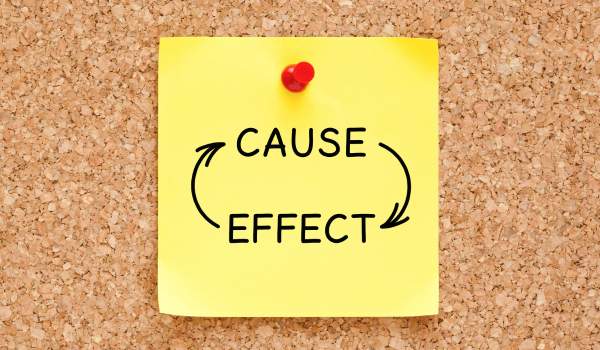If you love the crisp fizz of sparkling water, there’s something you should know: not every bubbly bottle is as clean as it seems.
Recent studies show that some sparkling waters may contain trace amounts of PFAS — the so-called “forever chemicals” linked to serious health risks. But don’t worry — staying informed (and making a few smart swaps) can help you sip safely.
Let’s break it all down — what PFAS are, where they’re hiding, and how you can protect your favorite refreshment. 🥤
🧠 Quick Takeaways
- ✅ Man-made “forever chemicals” like PFAS can stick around in water for decades.
- ✅ Tests have found small traces of PFAS in some popular sparkling water brands.
- ✅ Health risks linked to exposure include: hormone disruption, cancer, and developmental delays.
- ✅ Choosing brands with third-party testing and full transparency is key for safer sipping.
- ✅ Home filters like reverse osmosis can help remove contaminants before you carbonate at home.
🧪 How PFAS Sneaks into Sparkling Water

Ever wonder how something made to resist water ends up in your water? Here’s how PFAS finds its way into those fizzy bottles:
- 🏞️ Contaminated Sources: Some brands pull water from springs already exposed to PFAS pollution.
- 🏭 Cross-Contamination: Processing facilities that handle multiple drinks can accidentally mix contaminants.
- 📦 Packaging Problems: Certain cans, liners, or bottling materials may leach tiny amounts of PFAS during storage.
- 🏛️ Slow Regulation: Agencies like the FDA and EPA have been slow to set strict limits for PFAS in bottled beverages.
💬 Good to Know: Even brands that seem safe might not test every batch — staying informed is your best defense.
📊 Which Sparkling Water Brands Tested Positive for PFAS?

Consumer Reports dropped a bombshell in 2020:
They tested 47 bottled waters — including sparkling brands — and found PFAS in many.
- 📈 Good News: Most still had levels under expert safety limits (1 part per trillion or lower).
- ⚠️ Bad News: Some popular brands showed measurable amounts of PFAS — even though they were technically “legal.”
🔍 Source: Consumer Reports bottled water investigation (2020)
💬 Good to Know: Not every sparkling water brand has been tested yet — so when in doubt, transparency from the manufacturer really matters.
🛡️ How to Choose Safer Sparkling Water

Not all bottled waters are the same — and not all sparkling water brands take PFAS seriously. Here’s how to sip smarter without losing your fizz:
- ✅ Stick with Brands That Test for PFAS: Some companies go the extra mile, using third-party labs to check for contaminants. Check the label or visit the brand’s website to see if they test for PFAS.
- ✅ Use Trusted Industry Resources: For example, the International Bottled Water Association shares standards and updates on which brands meet stricter PFAS guidelines. It’s a great place to double-check your favorite bubbly.
- ✅ Ask About Water Sources: Brands that source water from deep protected aquifers tend to have lower contamination risks than surface sources like rivers or lakes.
- ✅ Skip Questionable Packaging: Research suggests that PFAS can sometimes leach from certain plastics. Choose sparkling water packaged in glass or cans when possible for an extra layer of protection.
- ✅ Filter at Home If You Carbonate Your Own Water: If you make your own sparkling water, start with clean, filtered tap water using a PFAS-reducing system. (Find out what filters work best for PFAS removal here).
💬 Good to Know: While many sparkling waters test well below current PFAS advisory levels, the truth is that no amount of PFAS is considered completely safe — especially for kids or vulnerable populations.
💧 Why Filtering Before You Carbonate Matters

If you love sparkling water but want more control over what you’re drinking, starting with cleaner water is the smartest move. Before you carbonate at home, filtering your tap water first helps you:
- 🚿 Reduce PFAS, chlorine, and hidden contaminants with proven filters like carbon and reverse osmosis
- 🧽 Start with a cleaner base, so your bubbly water is truly safer (not just fizzy tap water)
- 🌎 Skip bottled brands and their hidden sourcing — plus save money and cut down on plastic waste
💬 Pro Tip: Even tap water that meets legal standards might contain trace contaminants. Filtering it first gives you more peace of mind — and way better taste.
🔎 How PFAS Get Into Sparkling Water

You’d think bottled water — especially sparkling water — would be squeaky clean, right?
The reality is a lot murkier.
Here’s how PFAS can sneak into your favorite fizzy drinks:staying proactive, you can savor the fizz without the worry, ensuring both taste and quality.
| Source of Contamination | How It Happens |
|---|---|
| 🌊 Natural Water Sources | Some brands pull water from springs or aquifers already contaminated with PFAS. Without advanced filtration, it ends up in your drink. |
| 🏭 Production Cross-Contamination | If factories make multiple types of beverages, contaminated equipment can spread PFAS into sparkling water. |
| 📦 Packaging Materials | Certain can liners or bottles might leach trace amounts of PFAS — especially if they weren’t tested for chemical migration. |
| 🚫 Lack of Filtration | Not every brand uses aggressive enough filtration systems (like RO or activated carbon) to remove PFAS before bottling. |
💬 Good to Know: The FDA and EPA don’t require bottled water brands to publicly test or disclose PFAS levels — unless state law forces it. That’s why third-party tests (like this 2020 Consumer Reports study) are so important.
🛡️ What Health Experts Say About PFAS

The science around PFAS is evolving fast — but here’s what experts already agree on:
- ✅ The EPA has called PFAS an “urgent public health and environmental issue.” Their PFAS Strategic Roadmap outlines tighter testing, cleanup efforts, and (eventually) legal drinking water limits.
- ✅ The Environmental Working Group (EWG) goes even further — recommending a limit of just 1 part per trillion (ppt) for PFAS in drinking water, especially to protect children’s health. (Source)
- ✅ Health Authorities — including the CDC and WHO — link long-term PFAS exposure to higher risks of cancer, liver damage, immune dysfunction, and developmental delays.
💬 Good to Know: Despite growing concern, most bottled water brands — including sparkling water — aren’t legally required to test for or limit PFAS yet. That’s why checking labels, reading third-party testing reports, and considering home filtration are smart moves.
🧼 Final Thoughts
PFAS contamination isn’t just a buzzword — it’s a real, invisible risk that’s slipping into more of what we drink, including popular sparkling waters.
The good news? You’re not powerless. 🛡️
- ✅ Testing and transparency are your first line of defense.
- ✅ Choosing brands that prioritize water quality matters.
- ✅ Filtering your water at home before carbonating gives you total control.
At the end of the day, the sparkle should be the only thing in your drink — not forever chemicals.
Stay informed. Stay proactive. And keep the fizz fun (and safe)! 🥂✨
 129 people found this helpful. Was this guide helpful to you?
129 people found this helpful. Was this guide helpful to you? 

